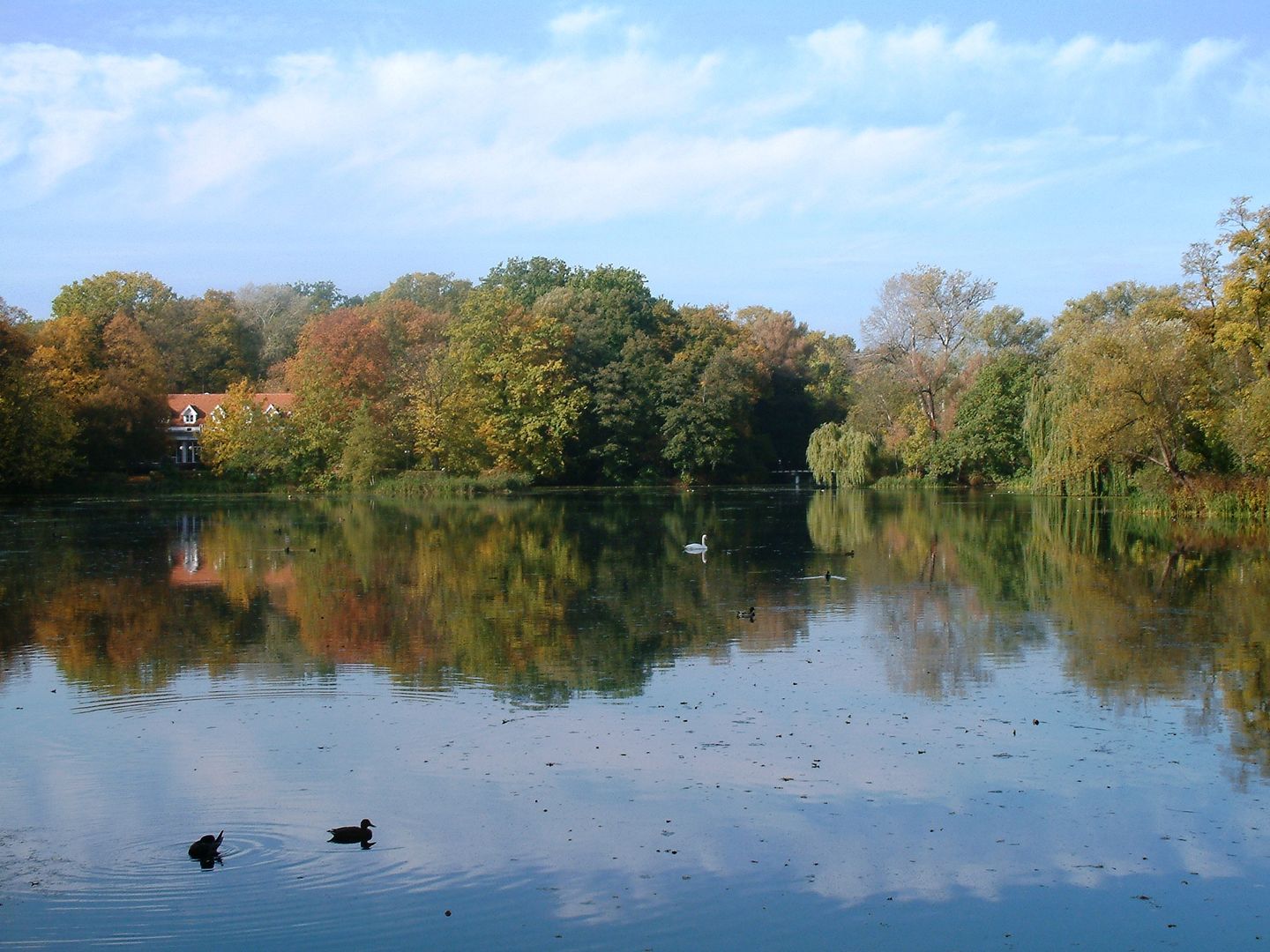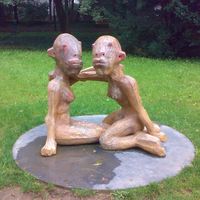Solacki Park
6.78

Overview
Solacki Park in Poznań, located in the villa district of Sołacz, covers an area of 14.63 hectares and is characterized by an English landscape style and an elongated shape, surrounded by Małopolska, Litewska, Nad Wierzbakiem, and Niestachowska streets. It was designed by Hermann Kube and built between 1908 and 1911. Within its grounds lies Solacki Pond, bridges, and wooden walking paths with historic lampposts. The park features playgrounds and a restaurant, which significantly contributed to its popularity. Since 1912, the park has served as a venue for gatherings and cultural events such as concerts and fairs. The Solacki Fairs were particularly well-known and attracted large crowds. The park remained undamaged during both World Wars and retained its appeal thanks to the care of the new authorities after Poland regained independence. After World War II, the flexibility in organizing events continued, and the park gained, among other things, a new restaurant and rowboats on the pond. In later years, the park underwent a series of modernizations, including the renovation of bridges and pathways. Since 2006, rowboats have returned to the pond. An interesting detail is the 2008 sculpture "Two Women," which sparks controversy among visitors. The park's nature abounds with diverse species of trees and shrubs, including rare specimens such as the mandarin tree or the ant species Temnothorax corticalis. The park remains a place of rest and recreation for the residents of Poznań, offering tranquility and natural beauty.
Location
Tickets
Powered by GetYourGuide
You can also find here:
2025 Wizytor | All Rights Reserved
